Snap&Read Universal

WorkBC Assistive Technology Services Puts Tianna on Track for Employment

Tianna, a single mother living in Kelowna, is continuing her education as she looks towards a future career.
However, she faces multiple barriers in both her program and on her path to employment.
“I have neck, back, and spine injuries,” she shares. “I deal with chronic pain and limitations doing certain tasks.”
Neil Squire Solutions: The Video
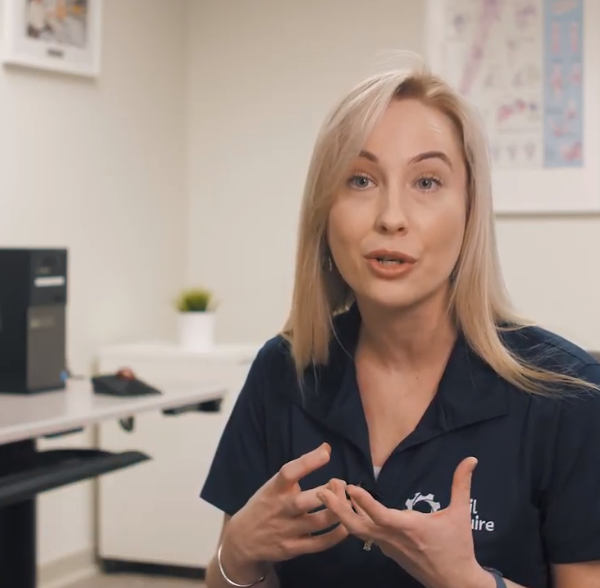
Neil Squire Solutions is a team of healthcare professionals who specialize in using assistive technology and ergonomics to find the most effective individualized solutions to meet our clients’ needs.
Makers Making Change and COVID-19
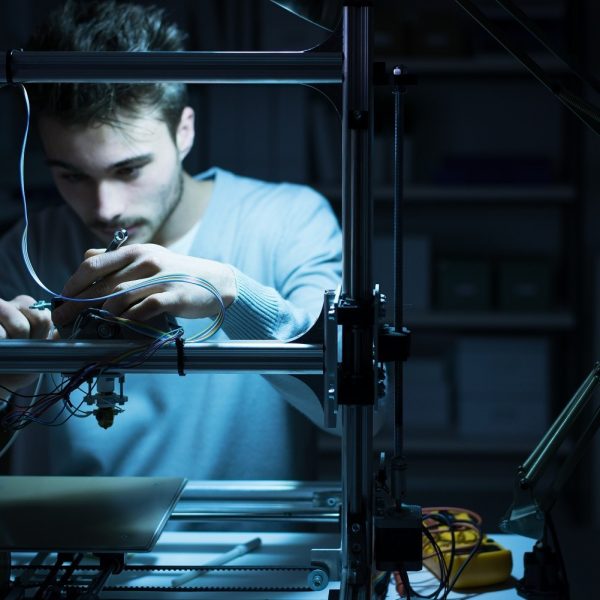
Before the advent of the COVID-19 epidemic, it would have been hard to picture a scenario where small-scale manufacturers and makers would have such an important role to play in the health of our nation. But in this post-pandemic world, we are seeing restrictions on large-scale manufacturing due to the health concerns surrounding large gatherings of people. This unprecedented situation has presented the maker community with the opportunity to make a difference in people’s lives by focusing on 3-D printed projects that impact the fight against COVID-19, as well as by continuing to safely deliver assistive technology to persons with disabilities during this pandemic.
Home Office Ergonomics Part 2
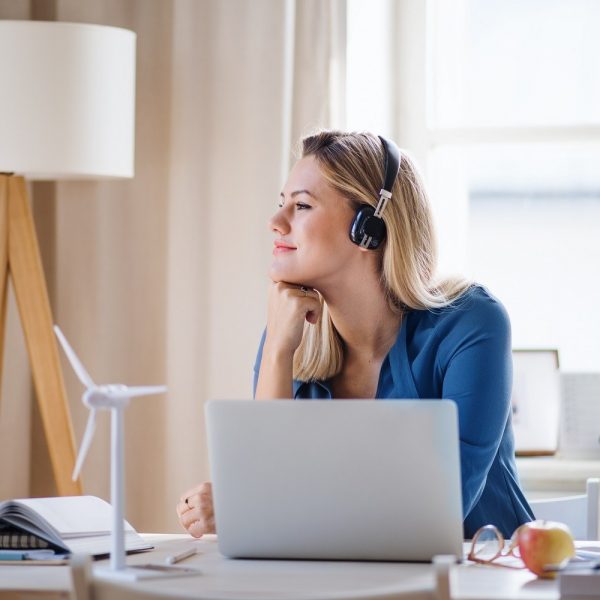
Before you begin, if you haven’t read part 1, please click here. This series is written by: Alain Désir, MSc.Erg.(Enr NB).
You will want to maintain your wrists at a natural angle when typing. Your hands should be as straight as your forearm when typing. To assure a proper wrist angle, collapse the keyboard legs so that the keyboard lays flat on the table. Use a palm rest if you have one. If not, roll a medium towel to make a DIY palm rest.
Adam’s Improved Quality of Life

Adam is a web developer based in Victoria. His work — which involves long hours on the computer — is taxing on his body due to a spinal cord condition.
“I have a spinal cord condition that causes chronic back and lower body pain. It makes it difficult to sit or stand for prolonged periods,” he says. “It also makes it difficult to concentrate and problem solve.”
Home Office Ergonomics Part 1

During the Covid-19 pandemic a lot of people will be working from home due to the mandated quarantine measures. Most home teleworkers will have to spend hours a day working on their computers and telephone, but they will not have the proper furniture and equipment to reduce the risks of developing muscular skeletal injuries due to improper body positioning and biomechanics.
Jeffrey Improves His “Ability to Listen and Follow Conversation” with Hearing Aids

Jeffrey is an apartment manager in Vancouver, responsible for everything from checking new tenants into the building to responding to on-call issues like noise complaints.
It’s a job that requires good communication with tenants and the contractors he calls to take care of maintenance issues.
However, he’s been struggling with his hearing — dealing with tinnitus, sound sensitivity, and hearing loss.
“Without this help, I never would have been able to get hearing aids.”
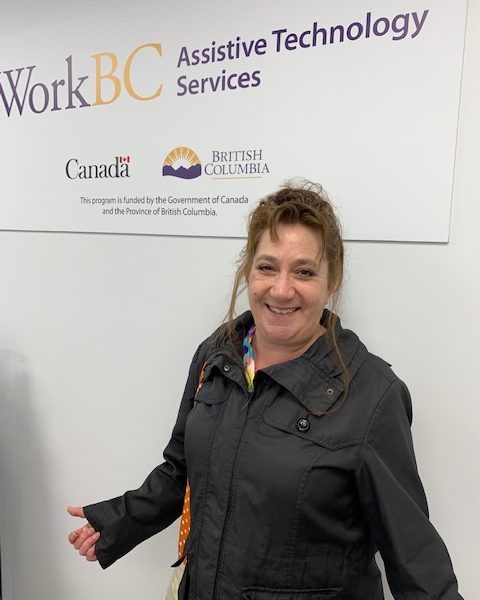
Working for a home care provider in Kelowna, Karen helps clients live in their own homes by coming over and helping them with tasks ranging from meal prep to dressing and bathing.
Karen was finding, however, that she needed help herself.
“I am a middle aged woman in fair health with a hearing impairment,” she explains. “I cannot always hear what clients are saying.”
At-Home Learning Resources for Students
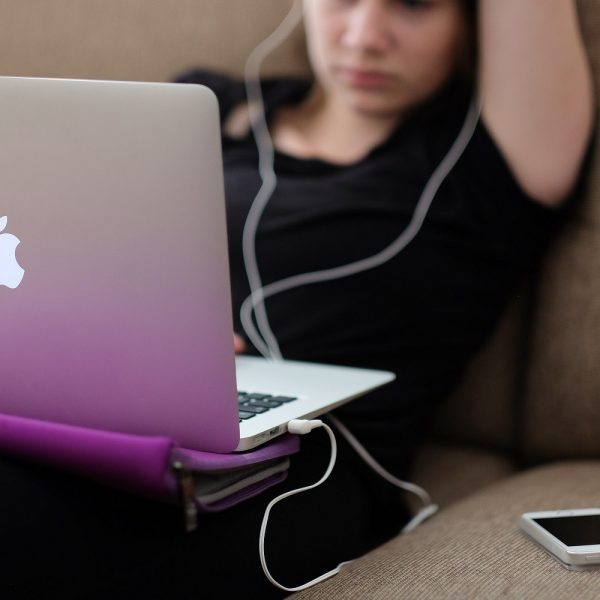
Up until recently, most of us haven’t had to stay at home with our school-aged children for extended (and unexpected) periods of time. In these situations, it’s essential that parents provide their children with stimulating learning resources. Doing this not only keeps the kids learning and focused on positive, educational ideas, but it also gives parents time to work, clean, prepare food, or to simply take a moment for themselves.
With that in mind, we’ve assembled a list of educational resources designed for at-home learning. These resources are mostly aimed at school-aged children, and all the content listed below is free.



